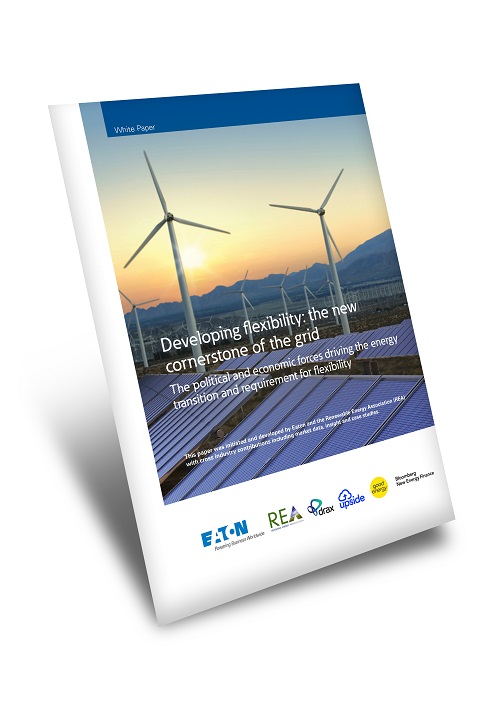Developing flexibility: the new cornerstone of the grid.
Article 1: The political and economic forces driving the energy transition and requirement for flexibility
Article 1: The political and economic forces driving the energy transition and requirement for flexibility
Multiple forces are driving the transition to a low-carbon energy future across Europe. These include political, consumer and economic pressures to reduce air pollution in cities, address climate change and above all exponential reductions in the cost of renewable energy and battery storage.
According to Bloomberg New Energy Finance (BNEF)’s respected ‘New Energy Outlook’ modelling, more than half the total electrical energy supplied to grids in large European economies, including the UK and Germany, will be coming from variable renewables by 2030. On the demand side, an equally seismic change is coming with the mass adoption of electric vehicles (EVs) and electrification of heat.
According to Bloomberg New Energy Finance (BNEF)’s respected ‘New Energy Outlook’ modelling, more than half the total electrical energy supplied to grids in large European economies, including the UK and Germany, will be coming from variable renewables by 2030. On the demand side, an equally seismic change is coming with the mass adoption of electric vehicles (EVs) and electrification of heat.


